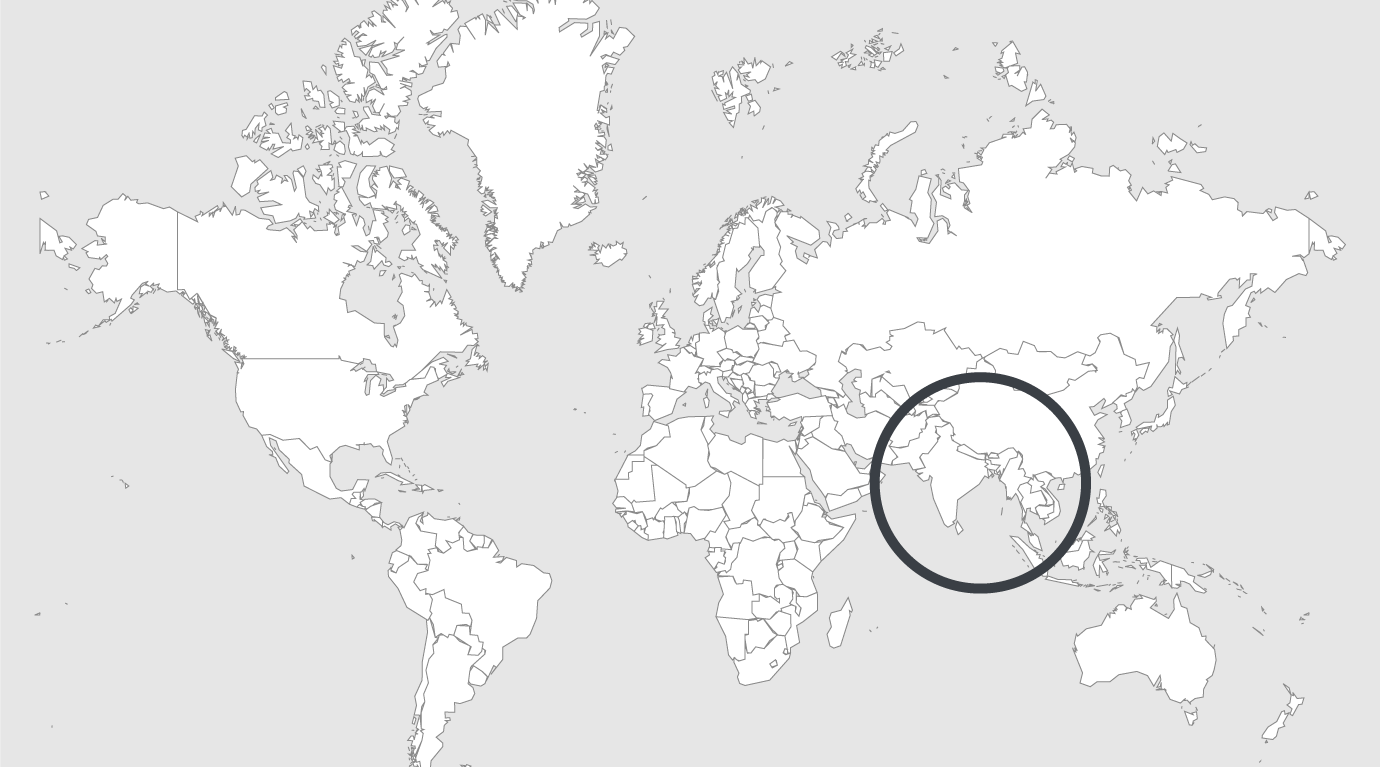
Explore
India: death in prison increased by 5.49 % in 2017 against 2015
The number of deaths in prisons has increased marginally from 1,584 in 2015 to 1,671 in 2017, having surged by 5.49 per cent during 2017, the National Crime Records Bureau (NCRB) stated on Monday. The Bureau also found that there is a minuscule increase in deaths inside prisons in 2017 as compared to 2016.
According to the report “Prison Statistics India 2017”, the total number of deaths in prisons in 2017 were 1,671 out of which 1,494 were natural and133 unnatural. While in 2016, deaths in prisons were 1,655 out of which 1,424 were natural and 231 were unnatural, in 2015 total deaths were 1,584 in which 1,469 were natural and 115 unnatural.
The number of unnatural deaths in prisons has increased by 15.7 per cent from 115 in 2015 to 133 in 2017. Among the 133 unnatural deaths of inmates, 109 inmates have committed suicide, 9 inmates died in accidents, 5 inmates were murdered and 5 inmates died due to assault by outside elements during 2017. For a total of 44 inmates deaths, cause of the death is yet to be known.
A total of 371, 577 and 378 prisoners were reported as escaped from lawful custody during the years 2015, 2016 and 2017 respectively.
“During 2017, 215 prisoners were reported as escaped from judicial custody. Out of 215 prisoners escaped, 70 prisoners escaped from inside prison premises and 145 prisoners escaped while they were outside prison premises. Gujarat has reported escapee of 90 prisoners while they were outside prison premises followed by West Bengal and Bihar and Rajasthan each,” the report stated
Apart from escape from Judicial Custody, 163 prisoners escaped from Police Custody. Highest of such escape from policy custody was reported by Uttar Pradesh followed by Punjab and Andhra Pradesh.
A total of 15 jail break incidents were reported in 2017 with 10 cases in West Bengal. A total of 88 clash incidents inside jails were reported in 2017, highest of such clashes were reported by Bihar followed by Delhi and Punjab.
A total of 204 persons consisting of 181 prisoners and 23 jail officials got injured in such clashes and 1 prisoner died in such clashes.
In 2017, no incident of firing was reported across the jails in the country
The number of prisoners lodged in various jails has increased from 4,19,623 in 2015 to 4,50,696 in 2017 – as on 31st December of each year – having increased by 7.4 per cent during the period. In 2016, the total prisoners lodged were 4,33,003.
In 2017, out of the 4 50,696 prisoners, 4,31,823 were male prisoners and 18,873 were female prisoners.
In 2017, a total of 16,55,658 inmates were admitted in various jails of the country.
Out of 4,50,696 prisoners, the number of Convicts, undertrial inmates and detenues were reported as 1,39,149, 3,08,718 and 2,136 respectively accounting for 30.9 per cent 68.5 per cent and 0.5 per cent respectively. Other prisoners accounted for 0.2 per cent (693 prisoners) of total prisoners.
The number of convicted prisoners has increased from 1,34,168 in 2015 to 1,39,149 in 2017, having risen by 3.7 per cent during this period. The highest number of convicted prisoners lodged in Central jails were recoreded to be 66.3 per cent with 92,184 prisoners followed by district jails 27.9 per cent with 38,785 prisoners and Open jails 2.4 per cent with 3,323 prisoners.
The total number of prisons at national level has decreased from 1,401 in 2015 to 1,361 in 2017, having decreased by 2.85 per cent during 2015-2017.
There are 1,361 prisons in the country consist of 666 Sub jails, 405 District jails, 142 Central jails, 64 Open jails, 41 Special jails, 22 Woman jails, 19 Borstal School and 2 other jails. The actual capacity of prisons has increased from 3,66,781 in 2015 to 3,91,574 in 2017, having increased by 6.8% during 2015-2017.
Out of the total capacity 3,91,574 in 1,361 prisons in 2017, the Central jails of the country were having the highest capacity of inmates (1,74,412) followed by the District jails (capacity of 1,53,383 inmates) and the Sub jails (capacity of 44,577 inmates).
Read original article
